Tag: infusion
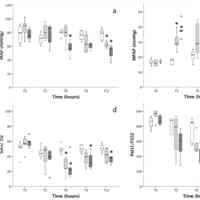
Plasma Hyaluronan, Hyaluronidase Activity and Endogenous Hyaluronidase Inhibition in Sepsis
Elevated plasma hyaluronan levels coincided with a concomitant decrease in effective plasma HYAL activity and increase of endogenous plasma HYAL inhibition both in experimental and clinical sepsis. In acute pancreatitis,... read more
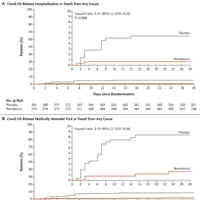
Early Remdesivir to Prevent Progression to Severe COVID-19 in Outpatients
Among nonhospitalized patients who were at high risk for Covid-19 progression, a 3-day course of remdesivir had an acceptable safety profile and resulted in an 87% lower risk of hospitalization or death than placebo. A... read more

Evaluating Vitamin C in Septic Shock
Vitamin C monotherapy failed to significantly reduce mortality in septic shock patients as hypothesized. Our findings do not support its routine clinical use for this purpose. Of 124 subjects receiving study drug and included... read more
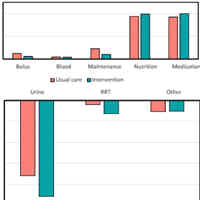
Feasibility of Conservative Fluid Administration and Deresuscitation vs. Usual Care
A strategy of conservative fluid administration and active deresuscitation is feasible, reduces fluid balance compared with usual care, and may cause benefit or harm. In view of wide variations in contemporary clinical... read more
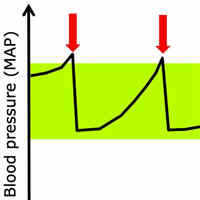
Severe Hyponatremia Management with DDAVP Clamp-Bolus Technique
The DDAVP clamp technique has considerably simplified the management of severe hyponatremia. The DDAVP clamp was a substantial step forwards in the management of severe hyponatremia. It eliminated a lot of the variability... read more

Timing of Antibiotic Therapy in the ICU
Severe or life threatening infections are common among patients in the intensive care unit (ICU). Most infections in the ICU are bacterial or fungal in origin and require antimicrobial therapy for clinical resolution. Antibiotics... read more
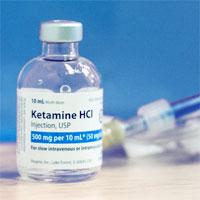
Consensus Guidelines on the Use of Intravenous Ketamine Infusions for Acute Pain Management
Evidence supports the use of ketamine for acute pain in a variety of contexts, including as a stand-alone treatment, as an adjunct to opioids, and, to a lesser extent, as an intranasal formulation. Contraindications for... read more

Patients Discharged From the ICU on a Dopamine Infusion
Despite a higher ICU readmission rate, ICU discharge of patients on dopamine infusion was not associated with increased mortality. The hospital mortality rate was comparable in both groups, despite that the median logistic... read more
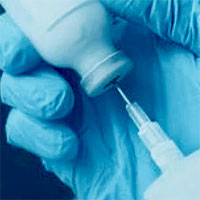
No Such Thing As a Simple Sedation Case
In my CA-2 year I encountered an elderly gentleman who needed an angiogram of his dialysis fistula. After starting the propofol infusion I placed an oral airway because his tongue obstructed his breathing by flipping back... read more
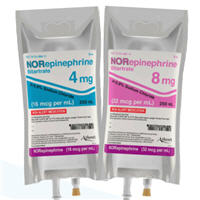
Norepinephrine Dosing Error Associated with Multiple Health System Vulnerabilities
Vasopressors are commonly used in the treatment of shock to support blood pressure, cardiac output, and end-organ perfusion. These agents are associated with risk of serious adverse effects including ischemia (e.g. stroke,... read more
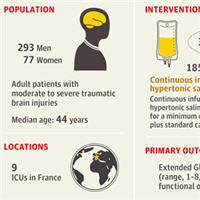
Effect of Continuous Infusion of Hypertonic Saline vs. Standard Care in Patients With TBI
Among patients with moderate to severe traumatic brain injury (TBI), treatment with continuous infusion of 20% hypertonic saline compared with standard care did not result in a significantly better neurological status at... read more

Remestemcel-L reduces ARDS mortality in those under 65 years old
New data shows patients with COVID-19-related Acute Respiratory Distress Syndrome (ARDS) were up to 75 percent less likely to die when treated with remestemcel-L and dexamethasone. The data shows remestemcel-L reduced... read more

Effect of Infusion Set Replacement Intervals on Catheter-related Bloodstream Infections
The optimal duration of infusion set use to prevent life-threatening catheter-related bloodstream infection (CRBSI) is unclear. We aimed to compare the effectiveness and costs of 7-day (intervention) versus 4-day (control)... read more

Troponin Elevation in Non-cardiac Critical Illness
This article is about how to approach ischemia evaluation for the "non-cardiac" critically ill patient (someone admitted for a problem such as sepsis, stroke, or DKA). This is tough. We want to be thorough enough not to miss... read more




